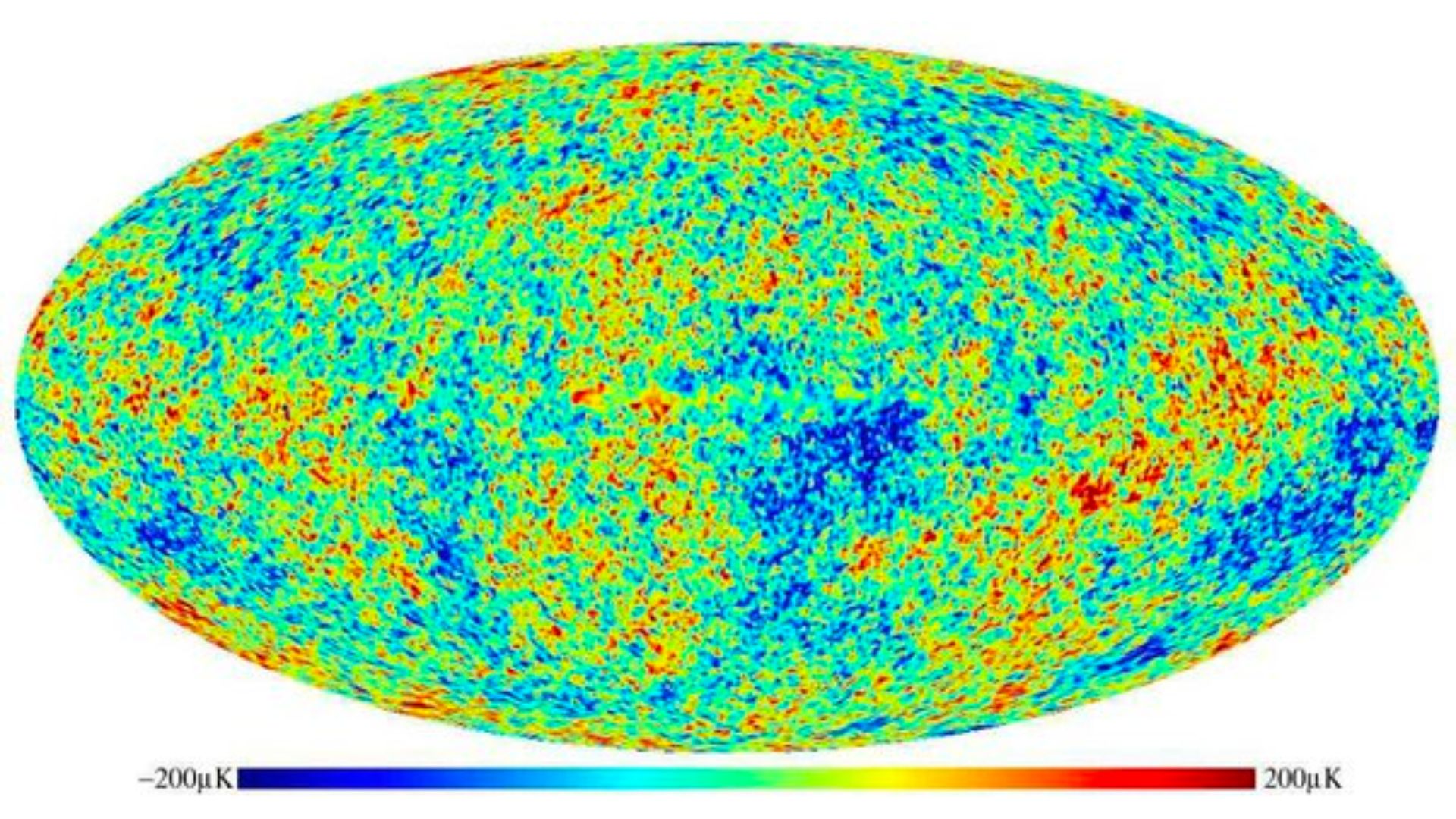Technology
20 Awe-inspiring Parts of Space
By Matt De Vlieger · January 29, 2024
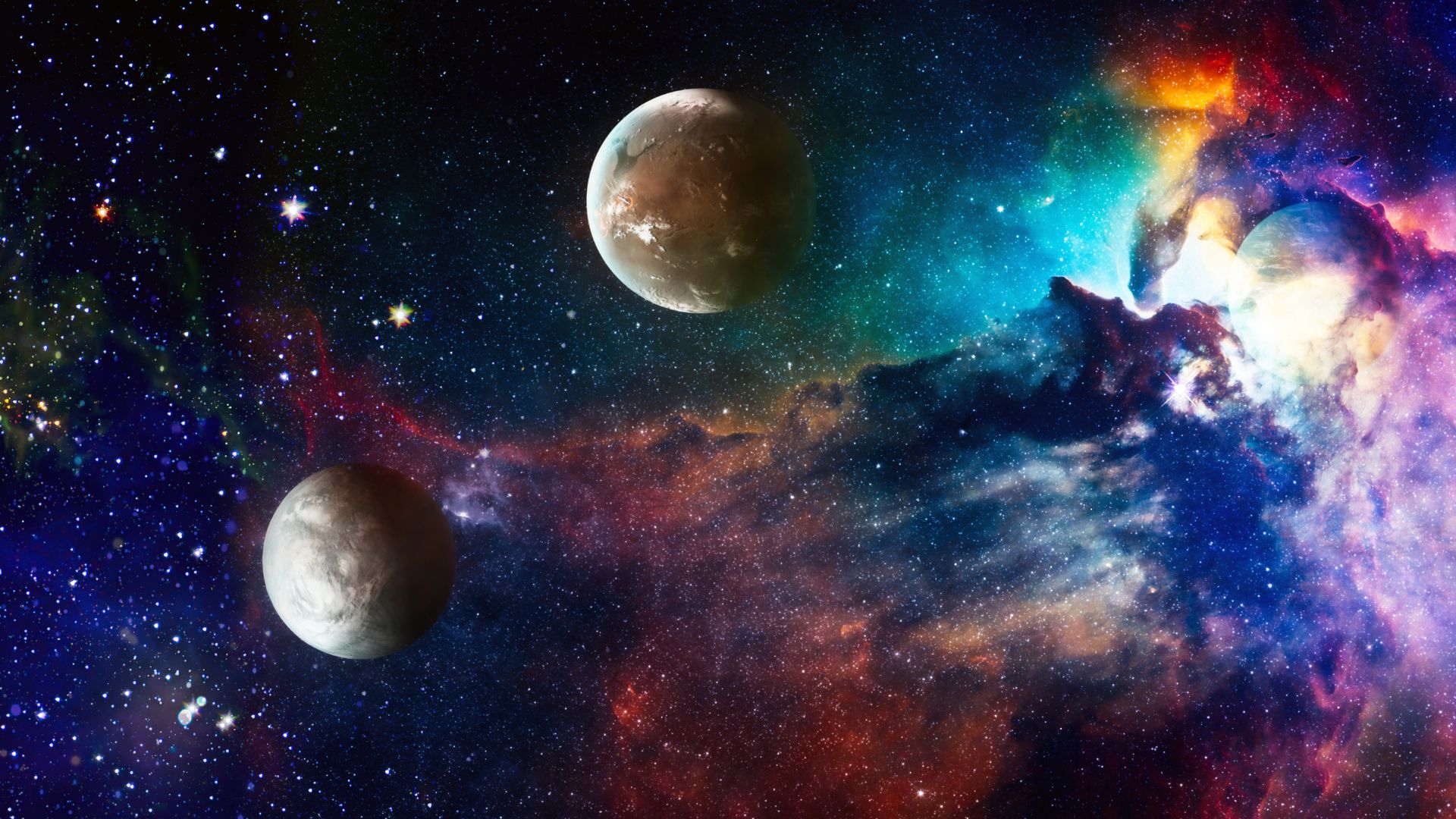
Bet You Didn't Know...
There are mind-blowing facts about space highlight the incredible diversity and complexity of our universe, inviting us to marvel at the wonders beyond our planet. Canva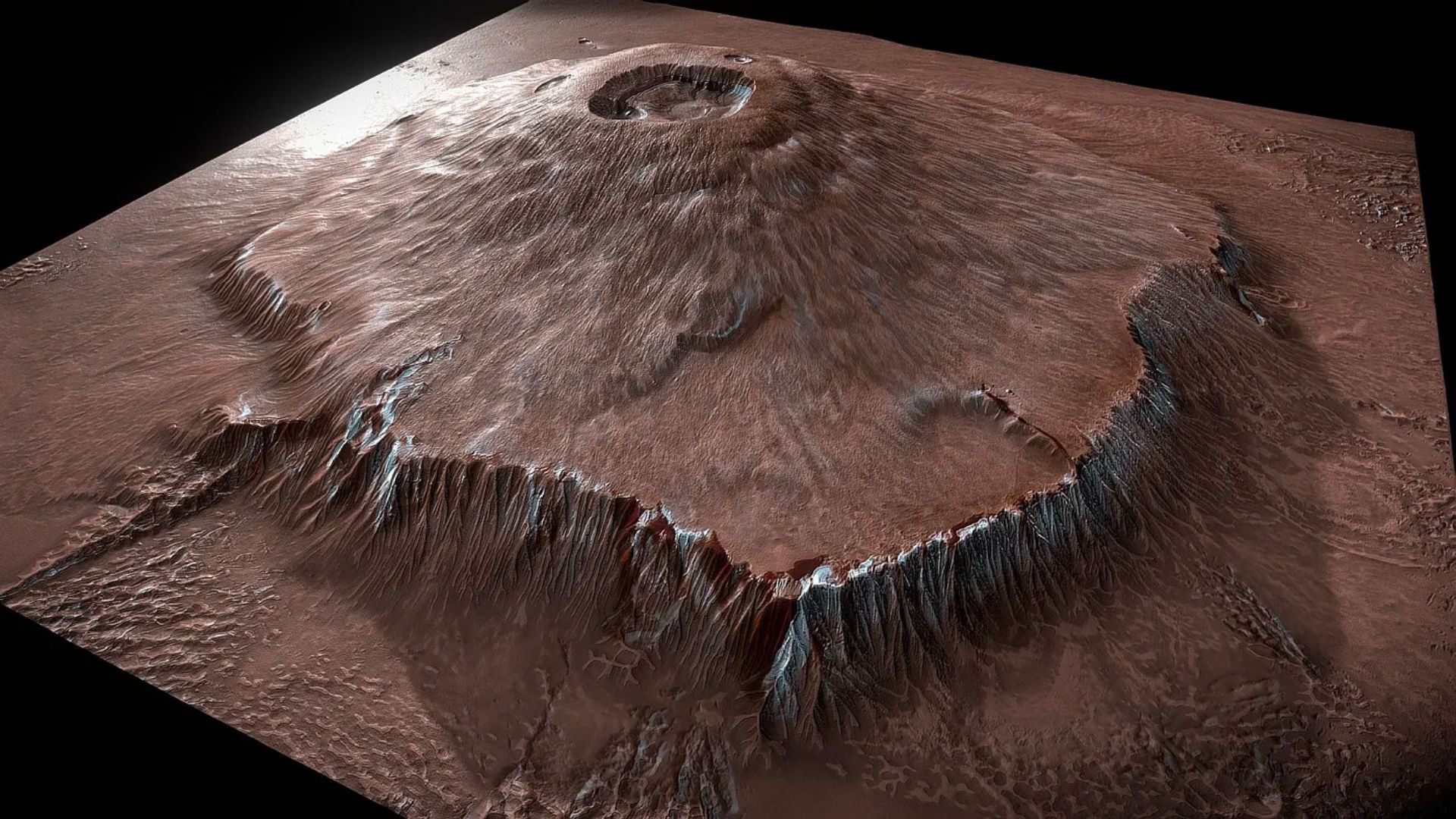
Martian Volacano
The largest volcano in the solar system is not on Earth but on Mars. Olympus Mons, a shield volcano, is about 13.6 miles (22 kilometers) high and 370 miles (600 kilometers) in diameter, making it nearly three times taller than Mount Everest. SebastianSosnowski/Creative Commons
Diamond Planet
There is a planet made of diamonds. Discovered in 2004, "55 Cancri e" is twice the size of Earth and eight times its mass, with a surface temperature of about 3,900 degrees Fahrenheit (2,150 degrees Celsius). Approximately one-third of the planet's mass could be pure diamond.Affectionately named Janssen, the planet revolves around a star named Copernicus, a mere 41 light years from Earth. While its molten surface renders it inhospitable, its sibling planet, Galileo, hovers above the fiery horizon in the dark expanse. NASA
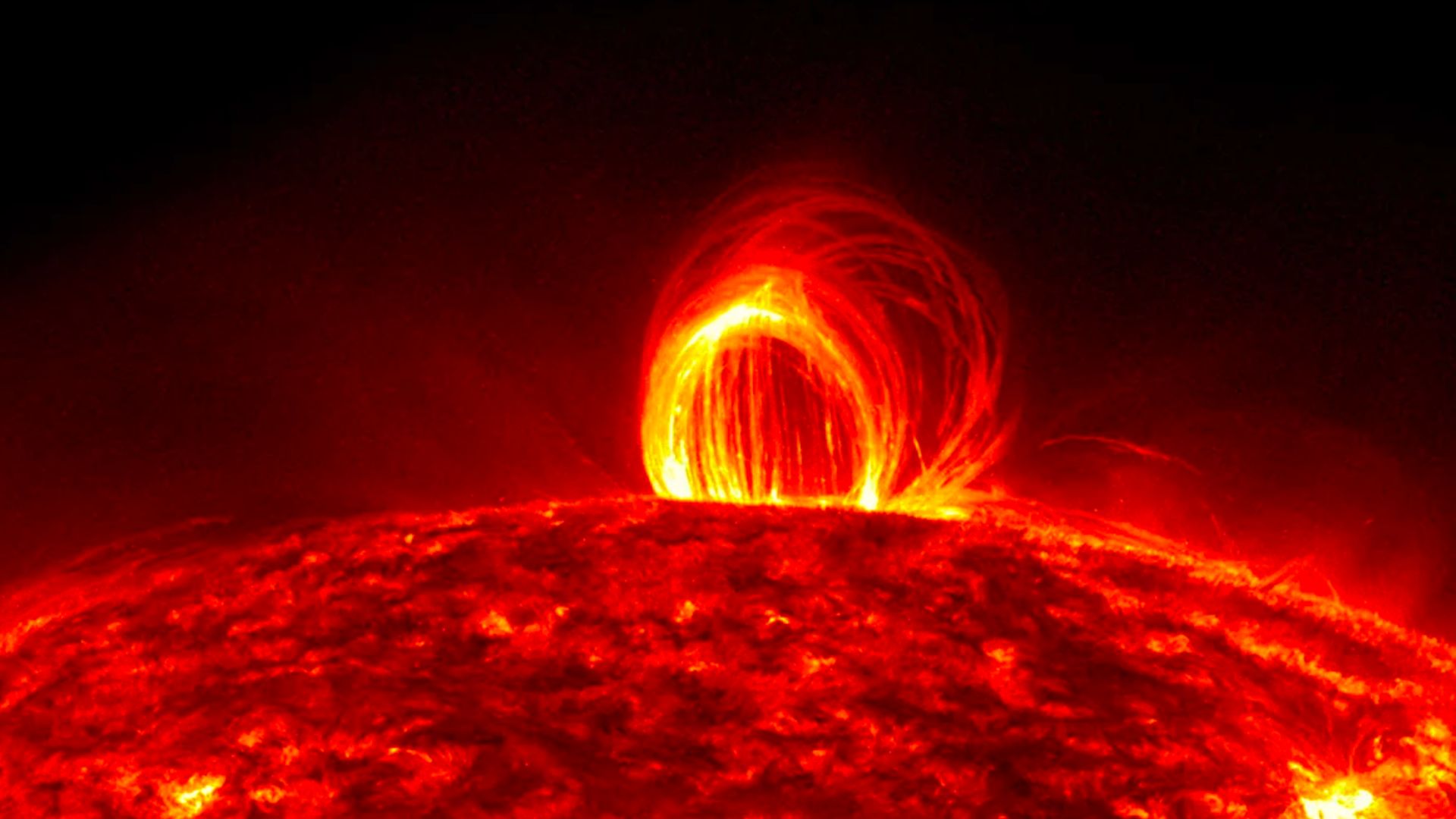
Massive Sun
The Sun's mass makes up 99.8% of the entire solar system. Its gravitational pull keeps all the planets, asteroids, and comets in orbit around it. NASA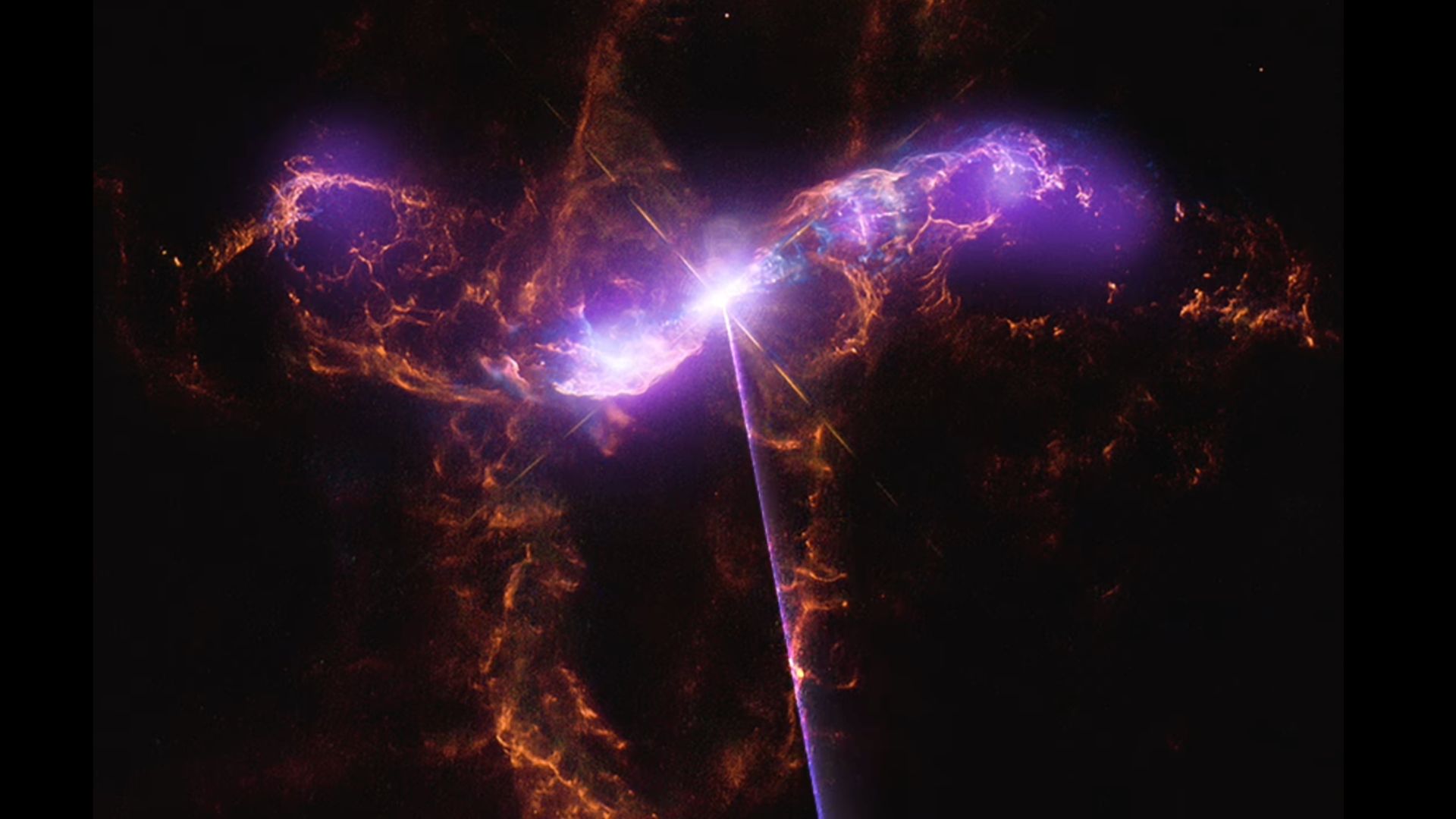
Space Syphony
Space is not completely silent. While sound cannot travel through the vacuum of space, there are electromagnetic vibrations that can be converted into sound waves. These include eerie sounds like "whistlers," "sferics," and "chorus waves." NASA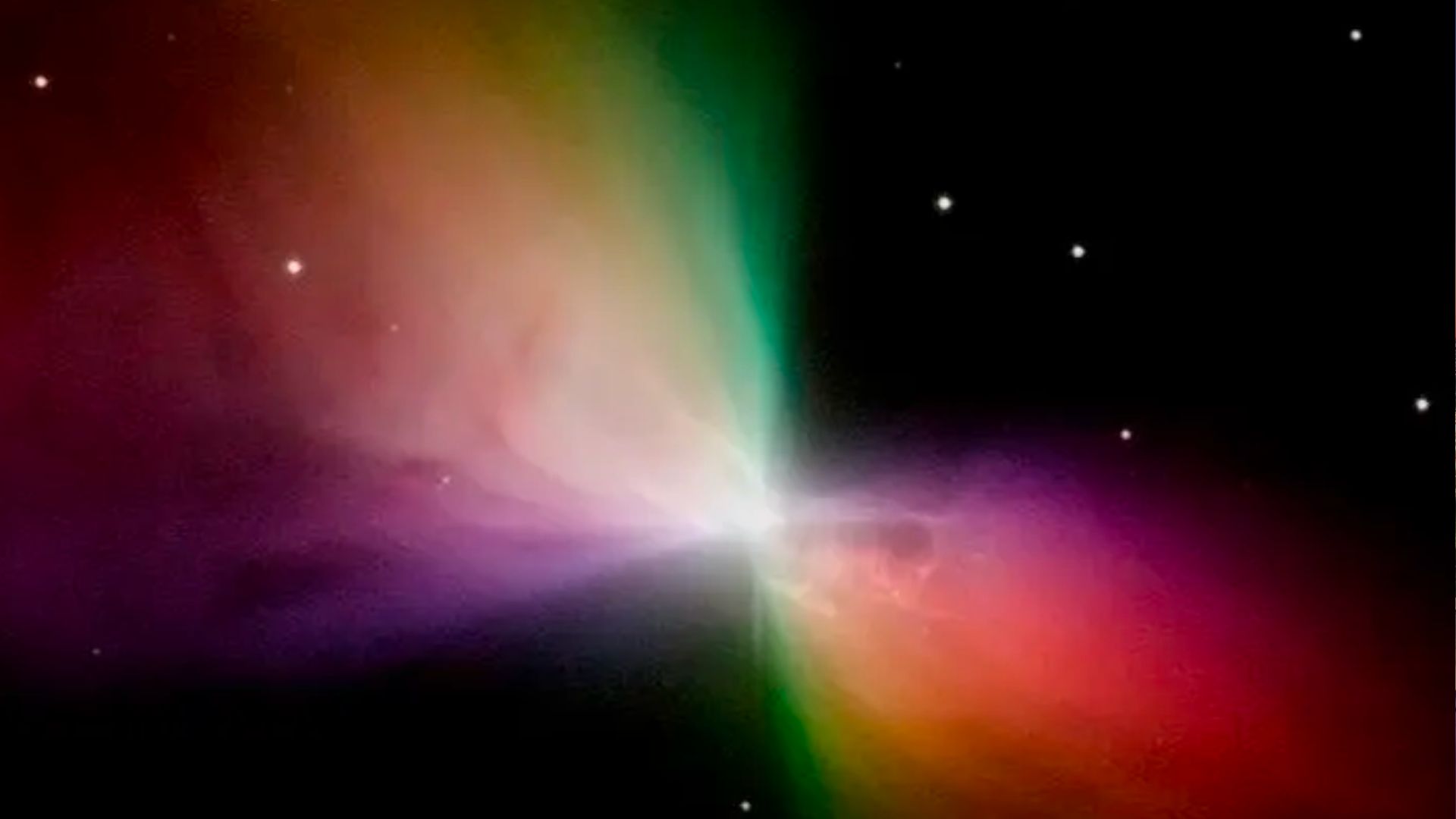
Colder than Ice
The coldest place in the universe is not on Earth but in outer space. The Boomerang Nebula, located about 5,000 light-years away from Earth, has a temperature of -457.6 degrees Fahrenheit (-272 degrees Celsius). Hubble/NASA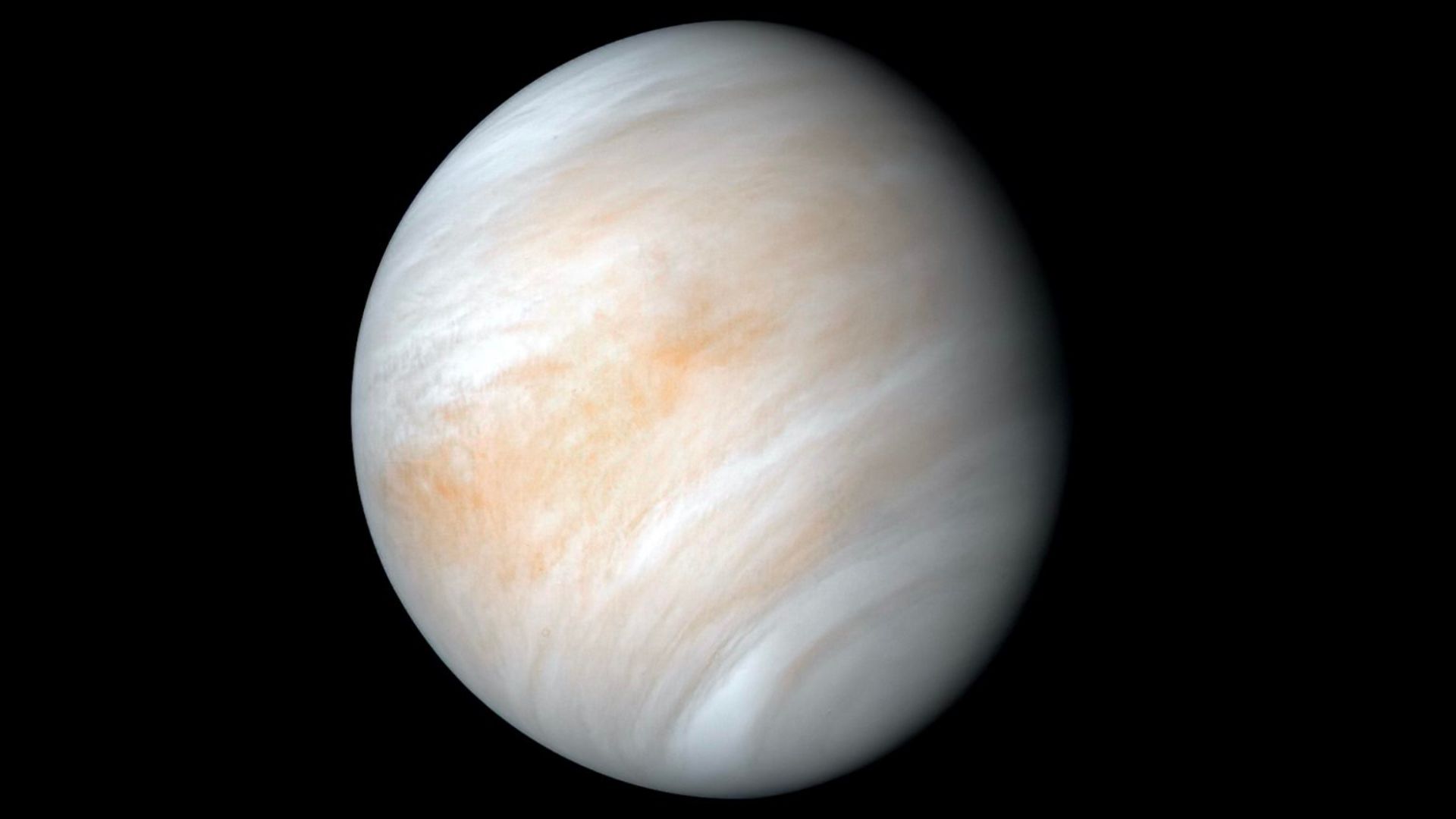
An Extra Day
One day on Venus is longer than one year on Venus. Venus rotates on its axis extremely slowly, taking about 243 Earth days to complete one rotation. However, it only takes about 225 Earth days for Venus to orbit the Sun. NASA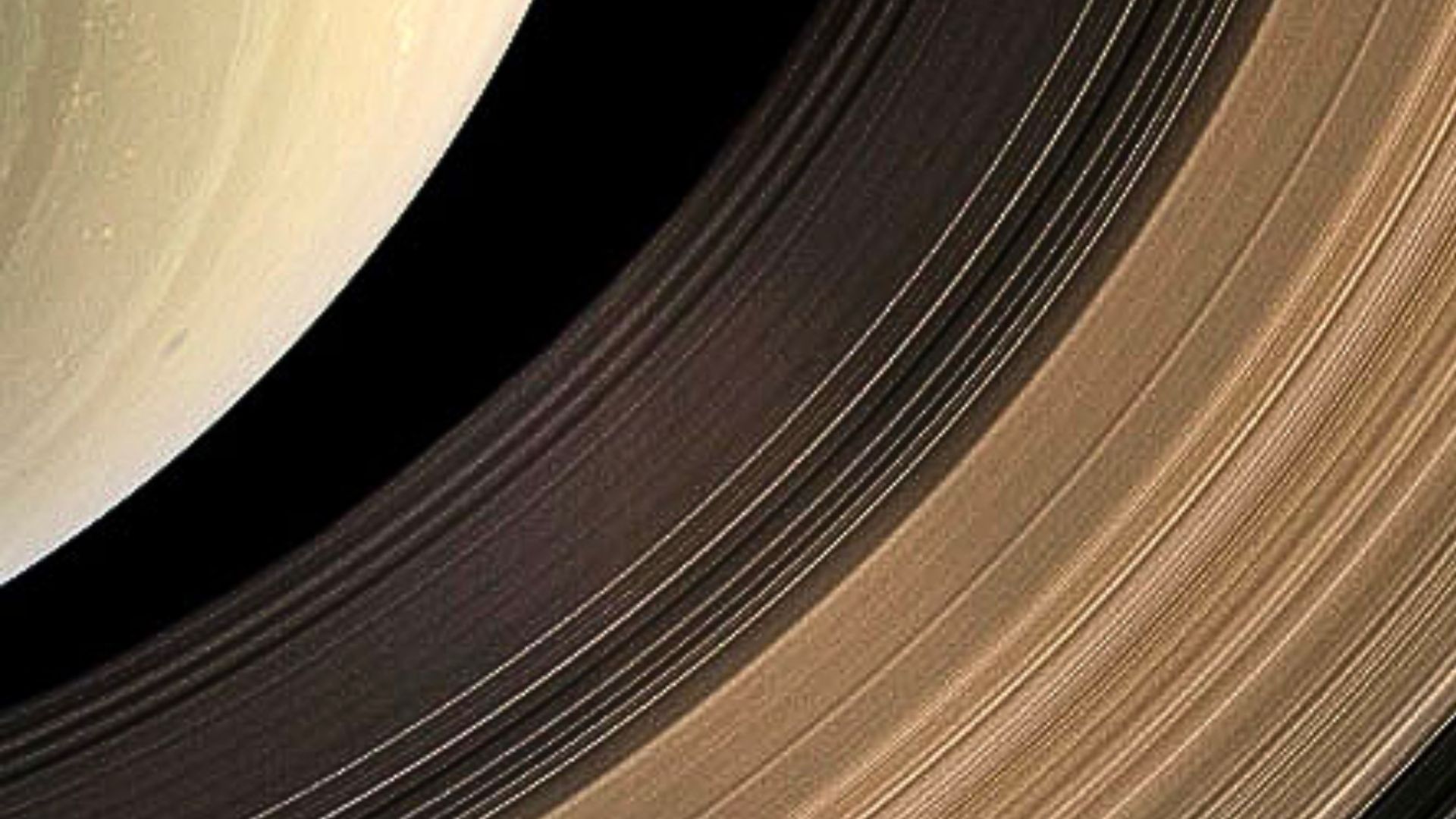
With this Ring
Saturn's rings are not solid but made up of billions of tiny particles of ice and rock, ranging in size from dust grains to large boulders. Despite their impressive appearance, the rings are only about 30 feet (10 meters) thick. NASA
Great Spot!
The Great Red Spot on Jupiter is a massive storm that has been raging for at least 400 years. It is so large that it could fit three Earths inside it. NASA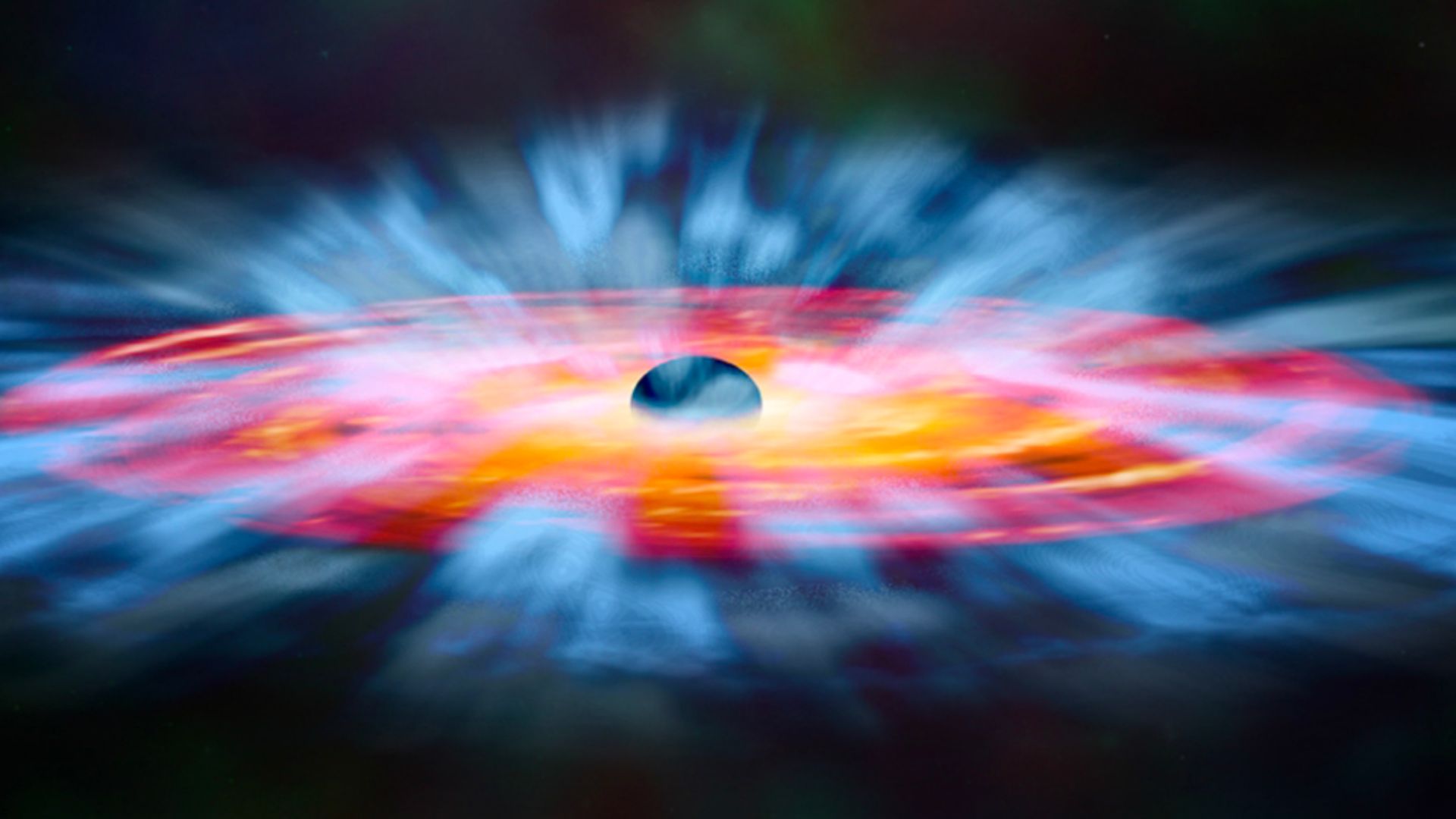
Cosmic Rays
Space is not entirely empty but filled with invisible particles called cosmic rays, which are high-energy radiation originating from sources like supernovae and black holes. These particles can have a significant impact on astronauts and spacecraft. NASA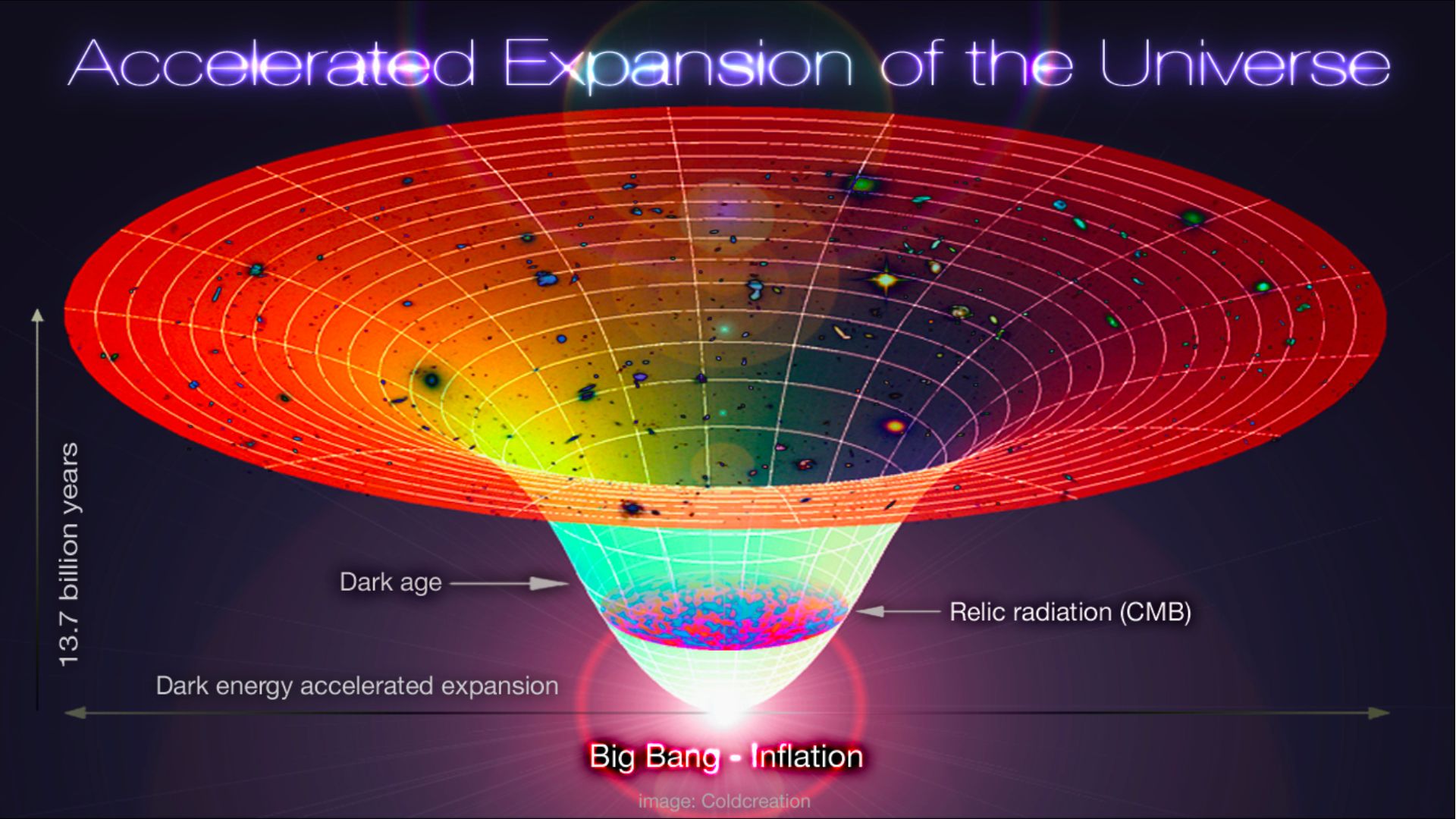
Expanding Universe
The universe is expanding at an accelerating rate. Edwin Hubble discovered in the 1920s that galaxies are moving away from each other, indicating that the universe is expanding. In 1998, observations of distant supernovae revealed that the expansion of the universe is actually speeding up. Alex Mittelmann/Coldcreation
Speed of Light
The speed of light is approximately 186,282 miles per second (299,792 kilometers per second), making it the fastest-known phenomenon in the universe. It takes about 8 minutes and 20 seconds for light from the Sun to reach Earth. Canva
Long Away
The Milky Way galaxy, which contains our solar system, is estimated to be about 100,000 light-years in diameter and contains billions of stars, planets, and other celestial objects. NASA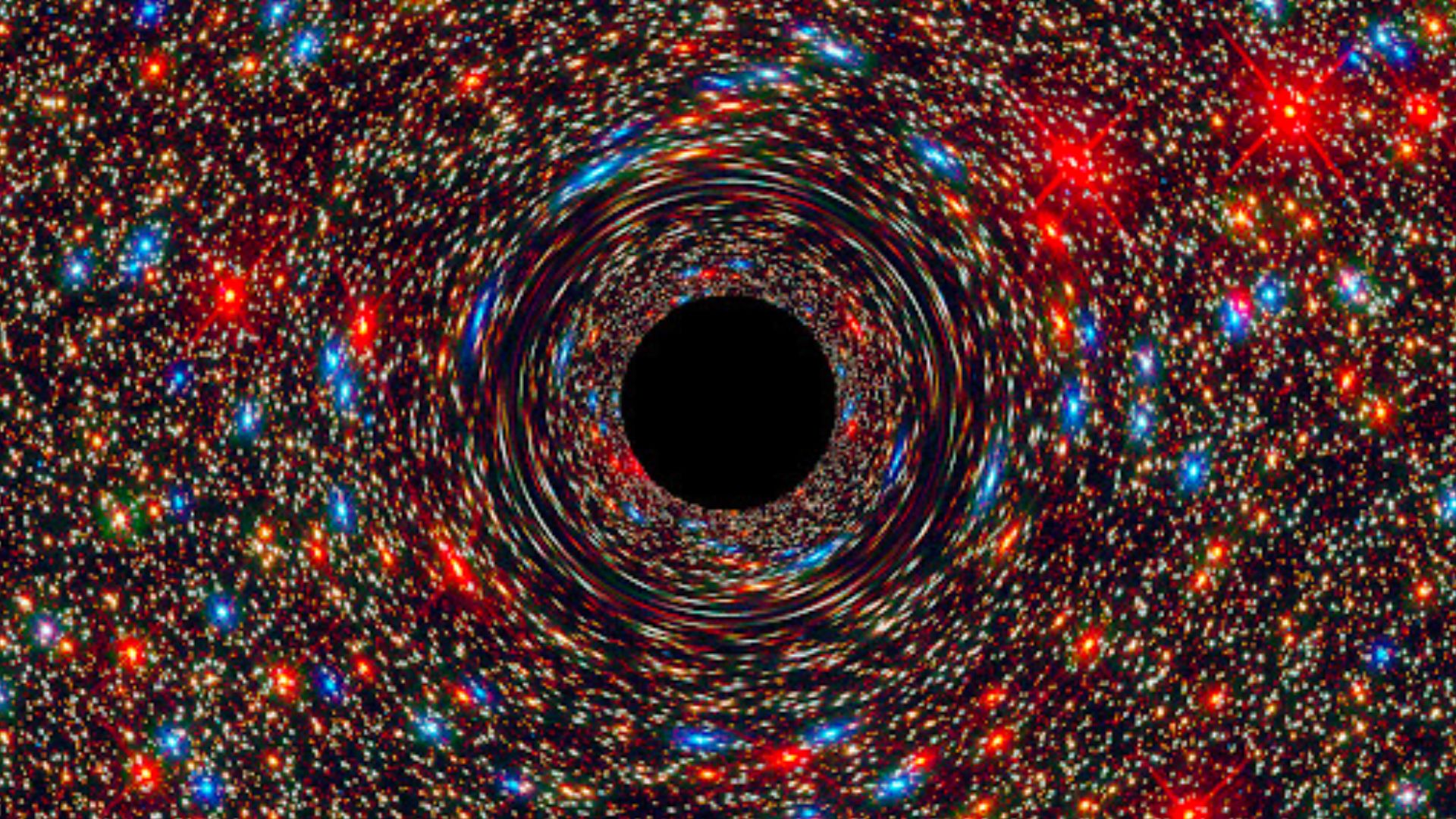
Black Holes
Black holes are regions in space where gravity is so strong that nothing, not even light, can escape from them. They are formed when massive stars collapse under their own gravity at the end of their life cycles. NASA
Call Me Al
The closest star system to Earth is Alpha Centauri, located about 4.37 light-years away. It consists of three stars: Alpha Centauri A, Alpha Centauri B, and Proxima Centauri, with the latter being the closest known star to the Sun. Astronomy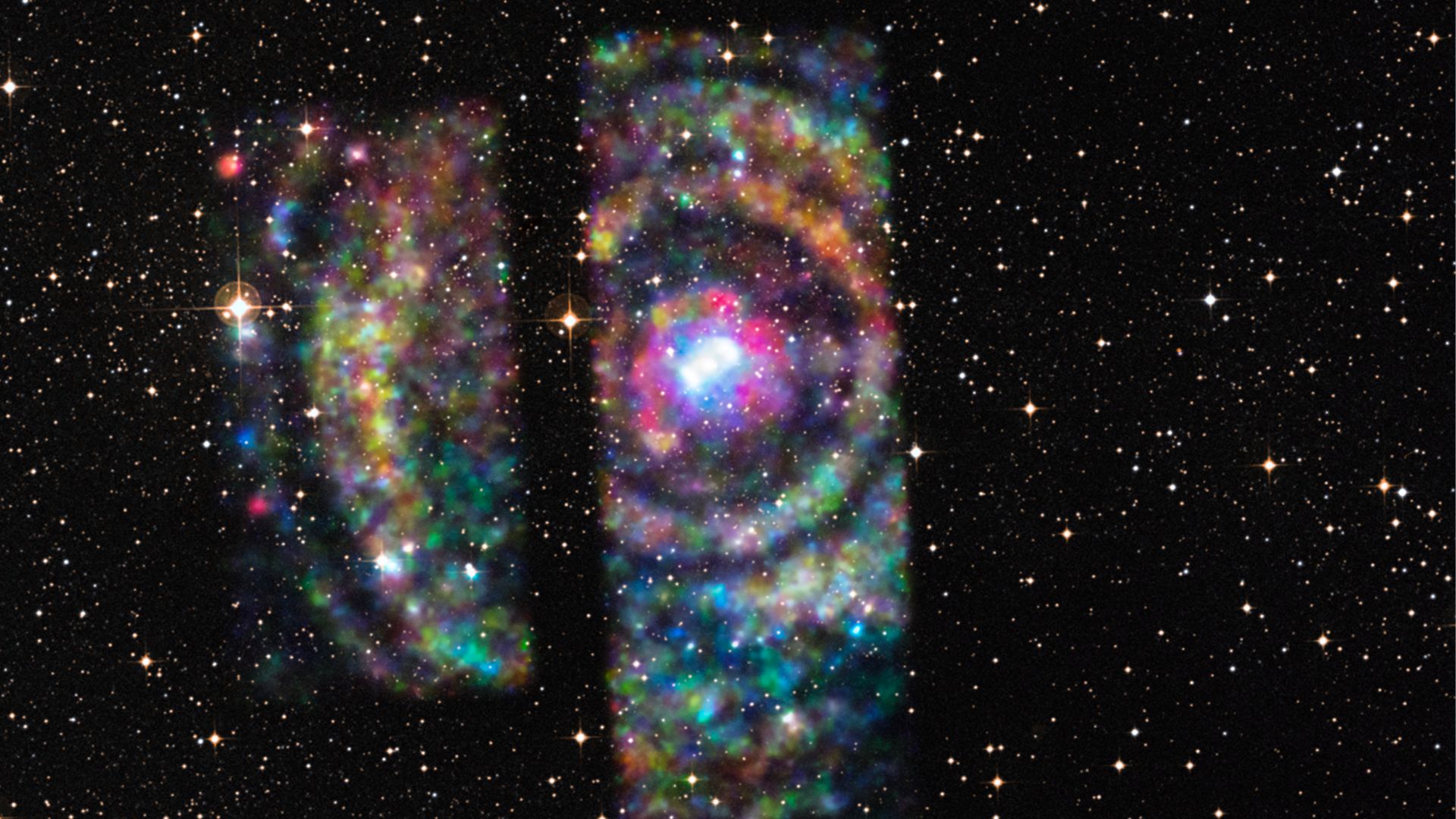
Jimmy Neutron
Neutron stars are incredibly dense remnants of massive stars that have undergone supernova explosions. They can have a mass of about 1.4 times that of the Sun but be only about 12 miles (20 kilometers) in diameter. NASA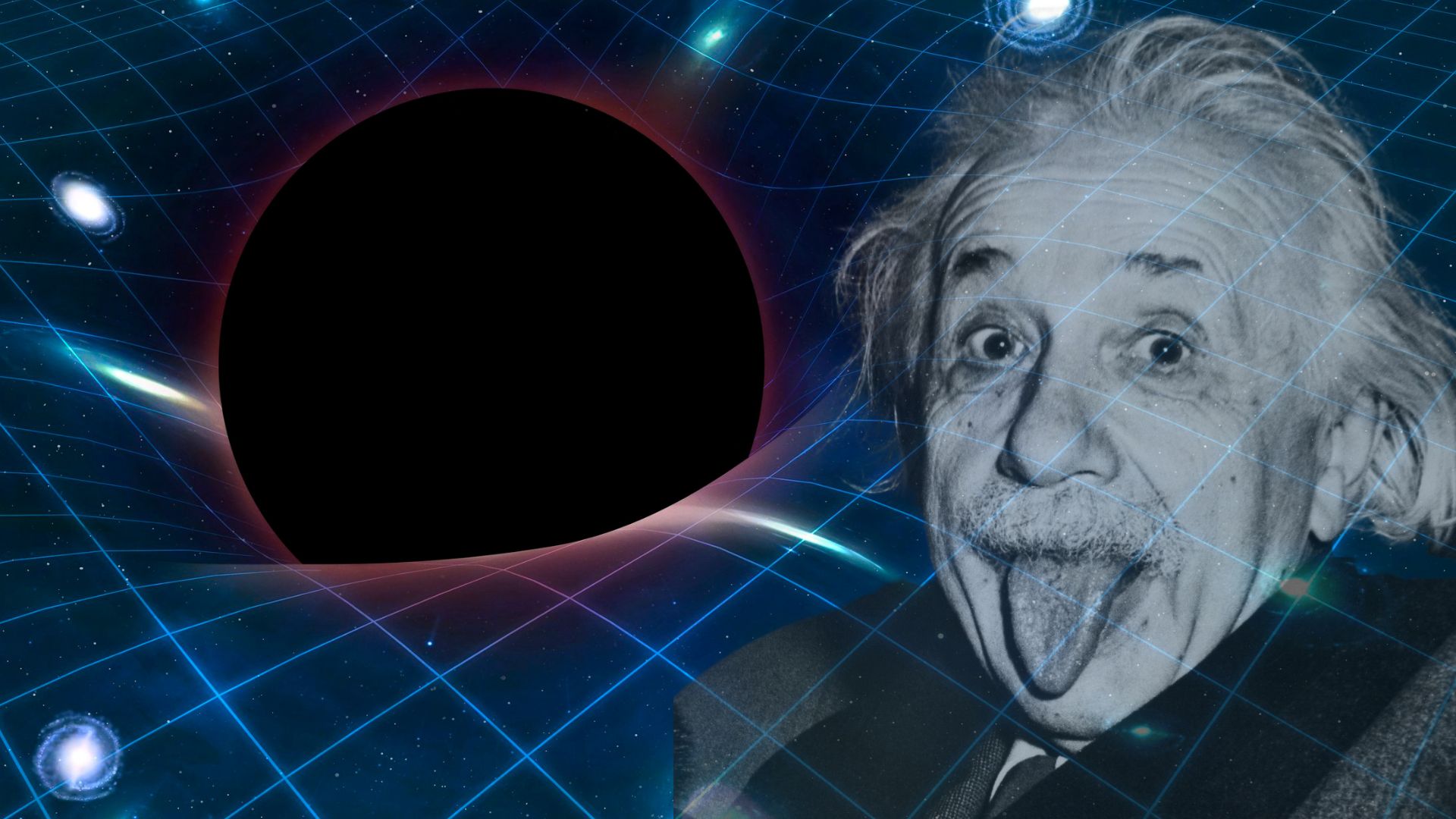
Time Dialation
The phenomenon known as "time dilation" occurs near massive objects like black holes, where time appears to pass more slowly for an observer close to the object compared to someone farther away. This effect is predicted by Albert Einstein's theory of general relativity. Canva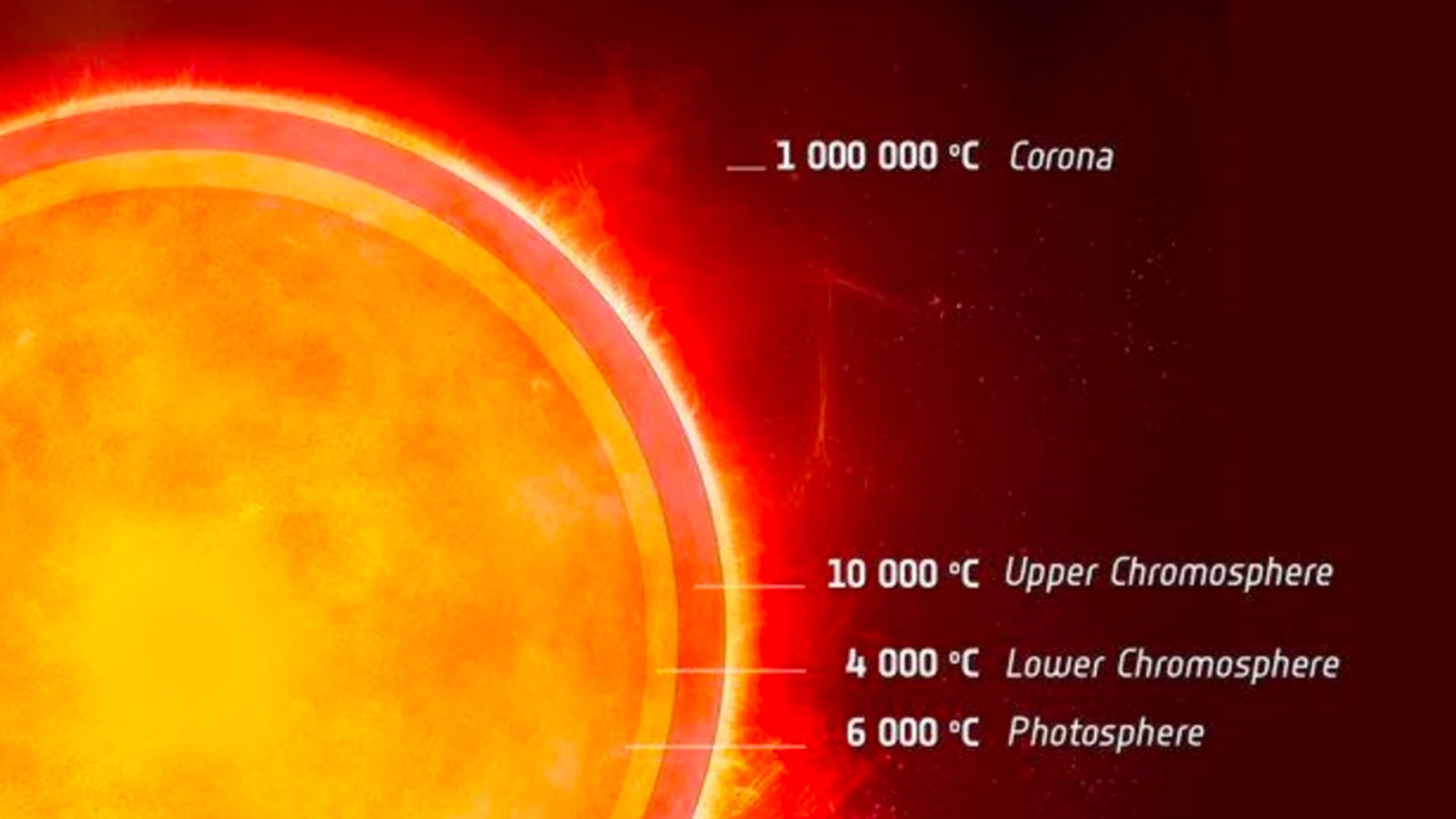
Hot, Hot Heat
The surface temperature of the Sun is about 10,000 degrees Fahrenheit (5,500 degrees Celsius), while its core temperature is estimated to be around 27 million degrees Fahrenheit (15 million degrees Celsius), where nuclear fusion reactions occur. ESA
Far, Far Away
The Voyager 1 spacecraft, launched by NASA in 1977, is the farthest man-made object from Earth. As of 2022, it has traveled over 14 billion miles (22.7 billion kilometers) from Earth and is still transmitting data back to scientists. NASA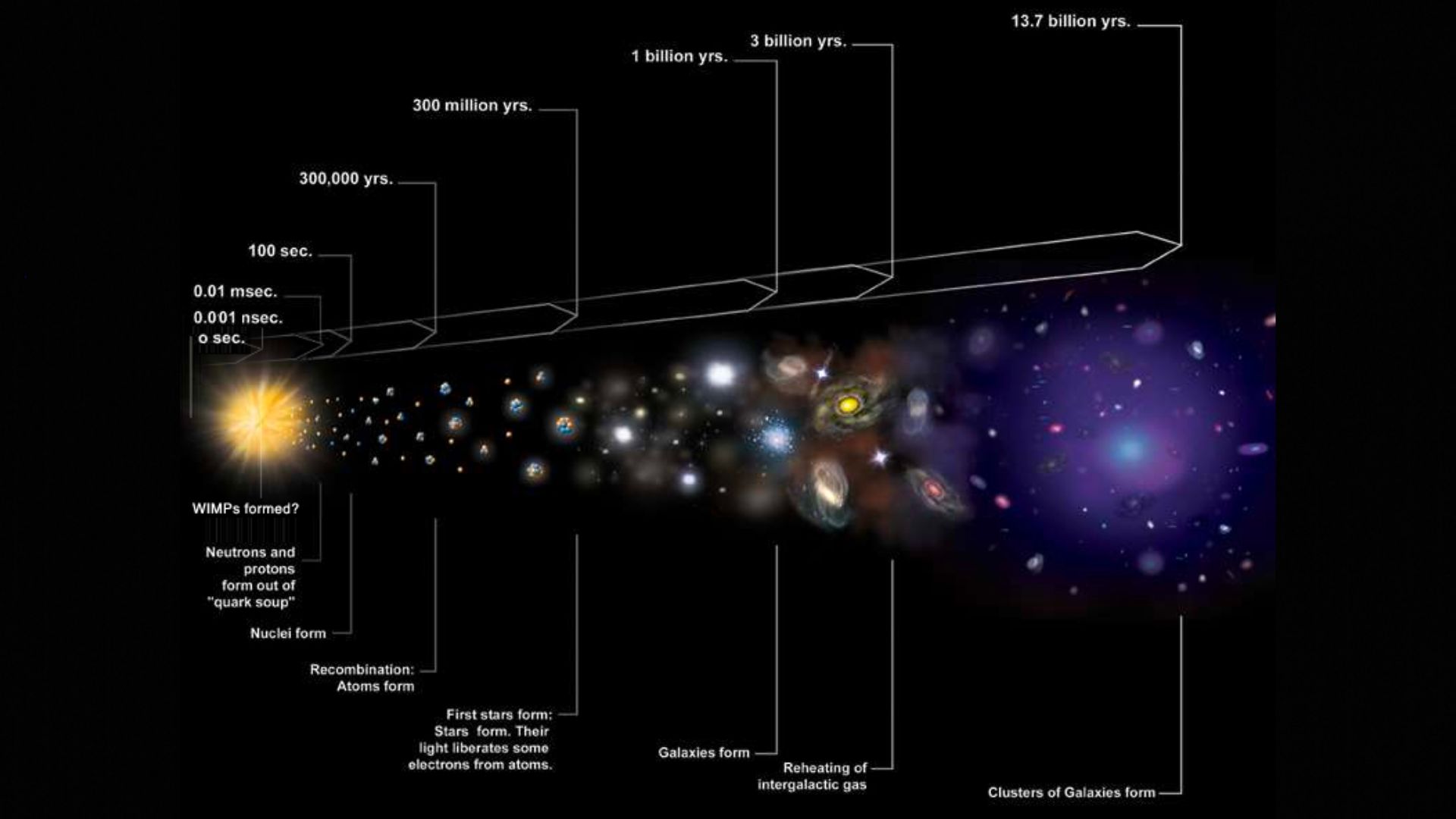
Dark Matter
Dark matter and dark energy make up about 95% of the total mass-energy content of the universe, yet they are invisible and poorly understood. They play a crucial role in the structure and evolution of the universe. WIMPS are weakly interacting massive particles. M.Weiss/NASA/CXC